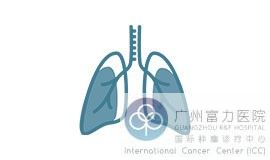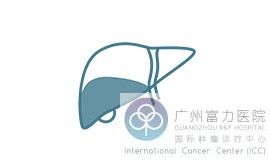—— Prostate cancer ——
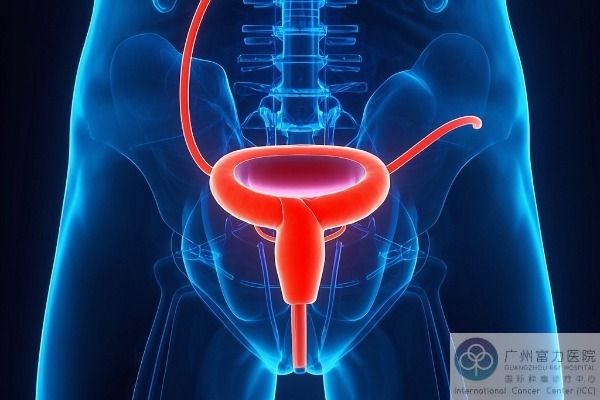
Current Disease Situation Prostate cancer is a highly prevalent cancer in elderly men (80% of patients are > 65 years old), with more than 1.4 million new cases and 375,000 deaths worldwide each year. Patients in the middle and late stages often have symptoms such as urination disorders and pelvic pain.
Treatment Innovation Traditional surgery/radiotherapy and chemotherapy have significant side effects, and modern minimally invasive technology provides a better choice:
Highly focused ultrasound (HIFU): non-invasive ablation of tumors, 5-year progression-free survival rate of 82%
Robotic surgery: precise resection, 40% less blood loss, and less than 5% complications
Particle radiotherapy: local high-dose irradiation, 5-year recurrence-free survival rate 95%, 40% reduction in dose, complications < 5%
Treatment Advantages
Avoid traditional surgical trauma and preserve organ function
Reduce complications such as urinary incontinence and sexual dysfunction
5-year overall survival rate increased by 15% compared with traditional treatment
Prognosis Management:The multidisciplinary collaboration model combines targeted drugs/immunotherapy to promote the transformation of cancer into chronic disease management. Regular PSA screening is recommended for men over 50 years old, and early diagnosis and treatment are key.
For more cancer knowledge, please click on the online doctor for consultation
—— Classification of prostate cancer ——
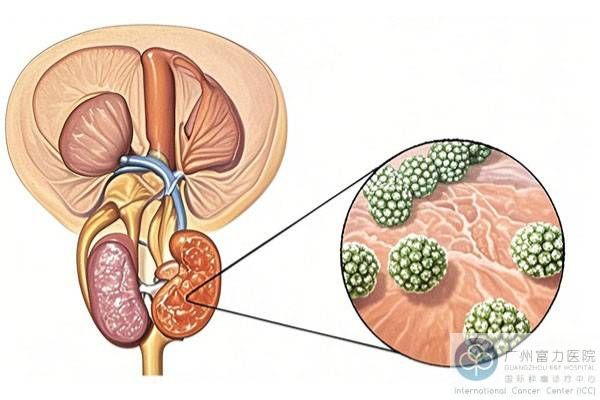
According to the latest classification by the World Health Organization, there are mainly the following types of prostate cancer:
1️Acinar adenocarcinoma (accounting for more than 95%); 2️Ductal adenocarcinoma (about 1-5%); 3️Urothelial carcinoma (rare); 4️Squamous cell carcinoma (extremely rare); 5️Adenosquamous carcinoma (mixed type)
Prostate cancer stages and five-year survival rates:
Stage I (early stage): 90-95%; Stage II (locally advanced): 60-70%; Stage III (regional spread): 30-40%; Stage IV (distant metastasis): 20%
Experts from Guangzhou R&F Hospital International Cancer Hospital remind:
Installment ≠ Judgment! Even if the disease is diagnosed in the late stage, survival can still be significantly prolonged through comprehensive measures such as precision radiotherapy, targeted drugs, and immunotherapy. It is recommended to choose a multidisciplinary cancer specialist hospital to develop a personalized treatment plan. Early detection is the key. Get screened once a year to "insure" your health!
For more cancer knowledge, please click on the online doctor for consultation
—— Traditional treatment techniques for prostate cancer ——
Traditional treatments for prostate cancer
Surgery: Surgery is used to remove cancerous tissue and any lymph nodes in the neck that may have metastasized.
Radiation therapy: It can be used as a single treatment or combined with other treatments such as surgery or chemotherapy.
Chemotherapy: often used as palliative treatment for advanced cancer that is inoperable or has distant metastasis;
—— New technology for fighting prostate cancer ——
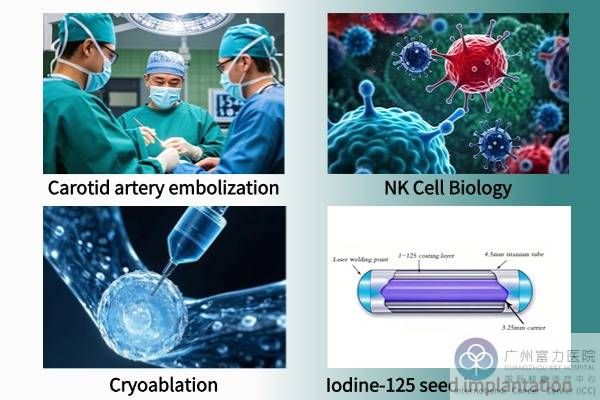
What is transarterial embolization?
Transarterial embolization is a minimally invasive technique that "starves the tumor to death." Under the guidance of DSA (digital subtraction angiography), the physician inserts the catheter into the tumor-supplying artery through femoral artery puncture (only a 2mm incision) and injects embolic agents (such as drug-loaded microspheres and iodized oil) to block blood flow. The tumor necroses due to ischemia and hypoxia, while the surrounding normal tissues are almost intact. If combined with chemotherapy drugs (i.e. TACE), a double blow of "cutting off food supply + poisoning" can be achieved simultaneously, and the efficacy can be increased by 2-3 times. It is done under local anesthesia, leaving only tiny pinholes in the skin.
What is NK cell biological immunotherapy?
NK cells (natural killer cells) are the "vanguard" of the human immune system. They can quickly identify and destroy cancer cells and abnormal cells infected by viruses without having to "remember" the enemy in advance.
What is cryoablation?
Cryoablation is a minimally invasive technique that physically destroys tumors through "extremely low temperatures". Under the guidance of CT or ultrasound, the doctor accurately punctures a pen-thin ablation needle into the tumor and releases argon gas to instantly cool the tumor to -140℃~196℃. The extremely cold environment freezes cancer cells into ice crystals, and the cell structure completely collapses. Subsequently, the helium gas is quickly heated to 20°C~40°C, and the alternating hot and cold "temperature difference attack" further destroys the residual cancer cells without damaging the surrounding normal tissues.
What is iodine-125 seed implantation?
Iodine-125 seeds are a type of "mini-radiotherapist" that is only 4.5 mm in size and contains the radioactive isotope iodine-125. After accurately locating the tumor using imaging technology (such as CT), doctors use a fine needle to implant dozens to hundreds of iodine-125 particles into the tumor. These particles deliver low-dose radiation over a continuous period of time (about 6 months), directly destroying tumor cells while maximizing the protection of surrounding normal tissue.
In addition, we also have the following tumor elimination technologies:
Radiofrequency ablation, cytokine therapy, CAR-T cell therapy, microwave ablation, immune checkpoint inhibitor PD-1/PD-L1 therapy, monoclonal antibody therapy...
—— Enter the technology area to see which technology is more suitable for you
—— Prostate cancer patient stories ——

Chachai Songkram (Bangkok patient)
"Cancer is not a death sentence! After cancer treatment, my health is getting better and better..."
—— To know how he recovered, read his story
—— Symptoms of prostate cancer ——
Symptoms are mainly divided into three categories, and it is recommended to collect a self-check list:
Abnormal urination: the most easily detected alarm
Local spread: the "domino effect" of tumor invasion
Transfer symptoms: Be alert to these pains
Experts from Guangzhou R&F Hospital International Cancer Hospital remind you: Early prostate cancer has a good prognosis with standardized treatment, and there is no need to panic even if symptoms occur. Modern medicine provides a variety of minimally invasive treatments that can effectively control the disease and preserve quality of life. Seeking medical treatment promptly when abnormalities are discovered is the first key step in overcoming the disease!
—— For more cancer knowledge, please click on the online doctor for consultation.
—— Prostate cancer diagnosed ——
A complete guide to prostate cancer diagnosis | Early detection means more chances of survival
Blood test (PSA)
Digital rectal examination (DRE)
Puncture biopsy
Imaging tests
Experts from Guangzhou R&F Hospital International Cancer Hospital remind:
Even if diagnosed, there is no need to panic. The 5-year survival rate for early prostate cancer is > 95%. It is recommended to choose a hospital with multi-specialty diagnosis and treatment capabilities and develop a personalized treatment plan through precise testing. Timely detection and standardized treatment are the key to defeating the disease!
—— Enter the diagnostic center to learn about the latest diagnostic and treatment technologies
Use precise technology to create more possibilities for life.
The Cancer Center of Guangzhou R&F Hospital has opened an era of "chemotherapy-free survival" for cancer patients, winning a lasting victory for life. If you or your family are facing difficulties in cancer treatment, please contact the Guangzhou R&F Hospital Cancer Center. We offer multilingual medical history consultations, contact us today to get an assessment of your treatment eligibility.
Contact Us:
email: rfcancercenter@gmail.com |
WhatsApp: +86 18565157271










